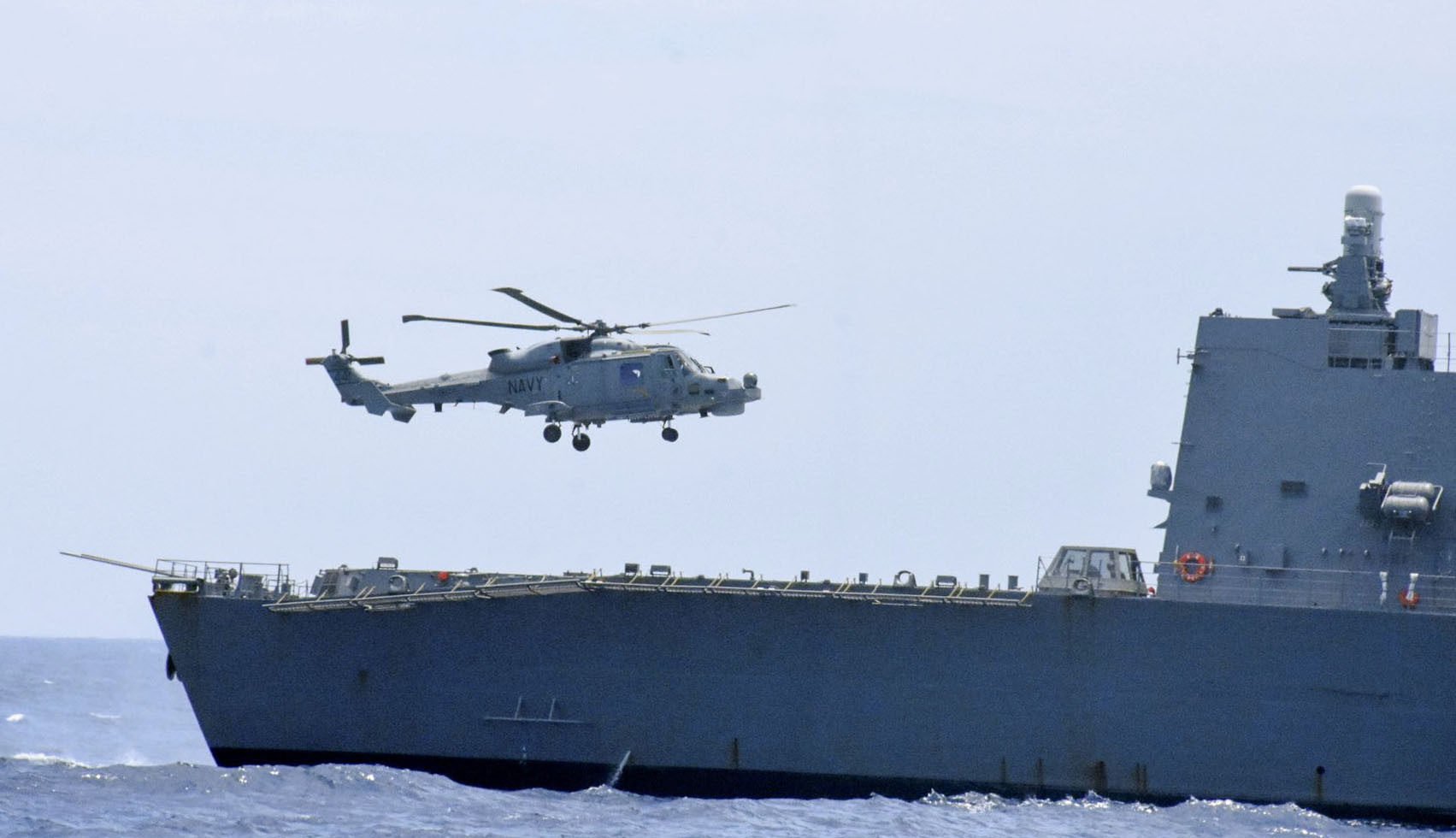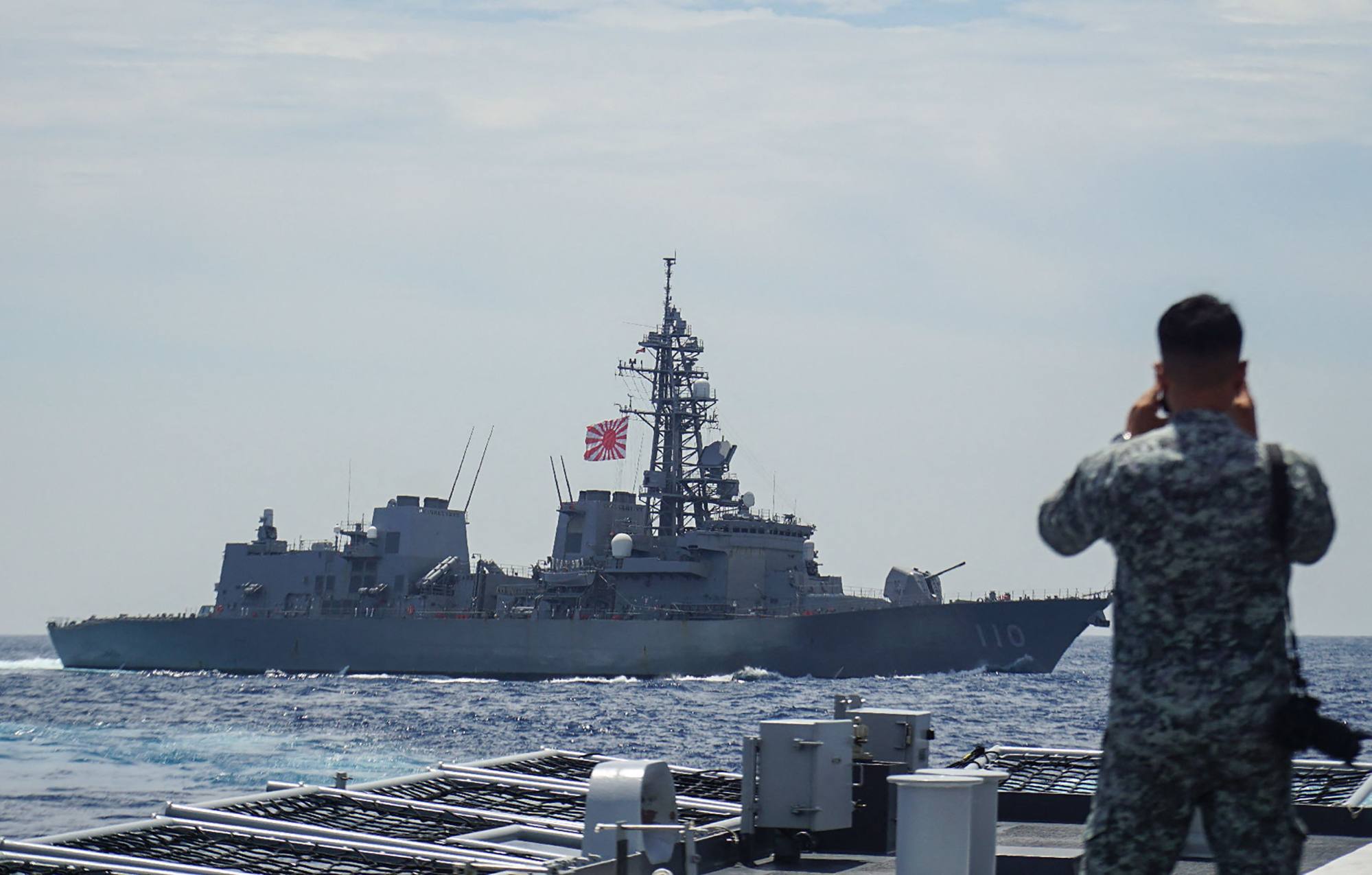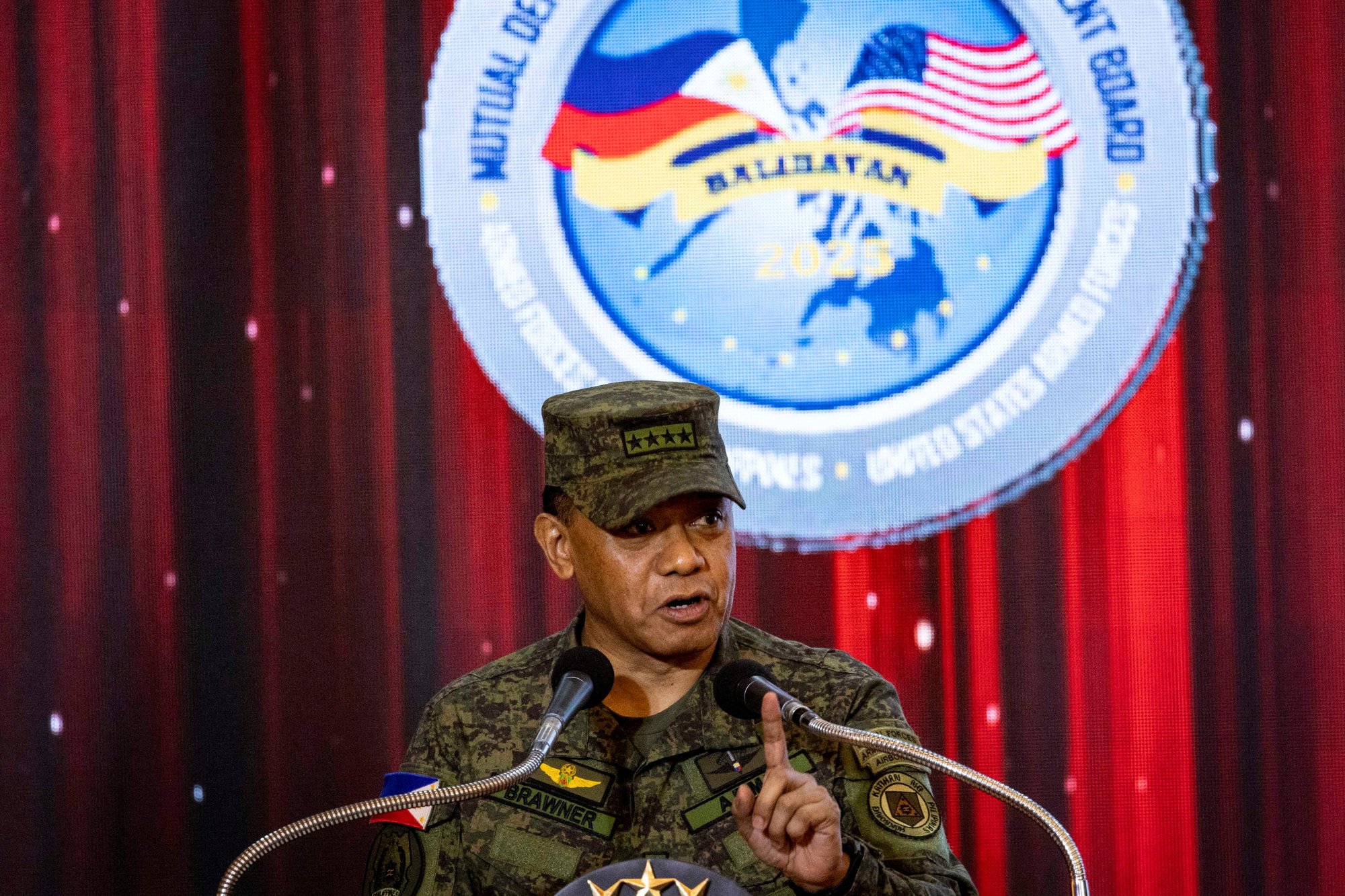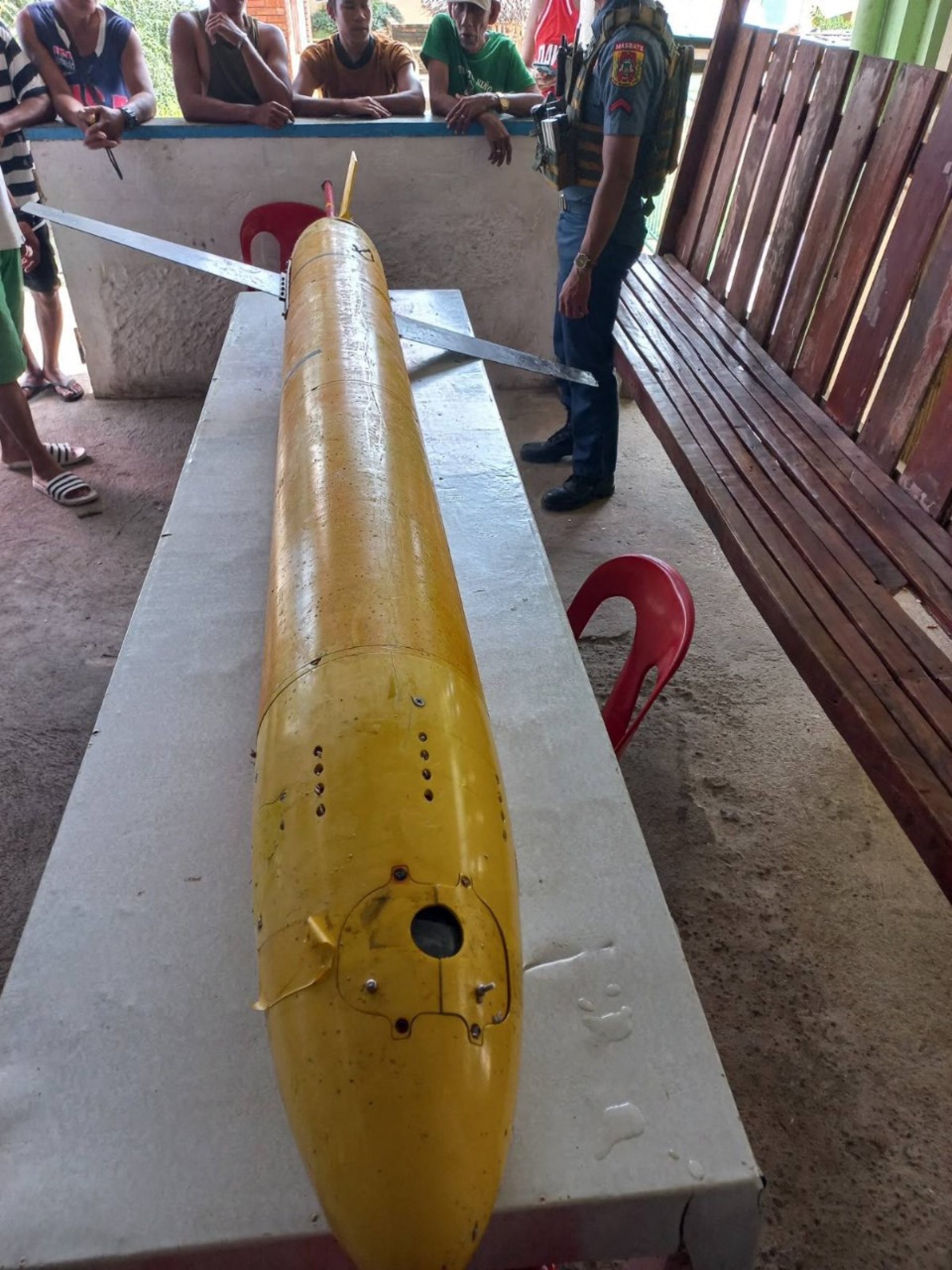Does Philippines have ‘credible’ undersea might against China?
Japan’s advanced submarine warfare expertise could play a critical role in helping Manila develop undersea warfare capabilities, experts say

The Philippines remains dangerously under-equipped to counter China’s growing undersea operations in the South China Sea, analysts warn, as joint anti-submarine drills with Japan spotlight the urgent need for Manila to strengthen its underwater warfare capabilities.
The two-day exercises, which began on Saturday, were the first large-scale joint exercises since Japan’s Diet ratified the Reciprocal Access Agreement (RAA) with the Philippines earlier this month, following Manila’s approval last July, allowing joint deployments between the two countries’ forces.
Observers say Japan’s advanced submarine warfare expertise could play a critical role in helping Manila build a credible ability to detect and deter Beijing’s underwater operations in the West Philippine Sea – Manila’s term for parts of the South China Sea within its exclusive economic zone.

Maritime security expert Ray Powell said Japan’s advanced anti-submarine warfare expertise, now more accessible to Manila through the RAA, could play a critical role in helping the Philippines address its capability gaps.
Powell, a retired US Air Force officer, added that as an archipelagic nation facing a persistent and aggressive maritime threat from China, the Philippines must prioritise the development of its undersea domain awareness and response capabilities.
“The documented discovery of Chinese underwater drones collecting bathymetric and acoustic data in Philippine waters demonstrates Beijing’s will and capacity to conduct undetected undersea operations, making it imperative for the Philippines to demonstrate a credible deterrent in this domain,” he told This Week in Asia.
“Japan’s advanced submarine warfare expertise and maritime surveillance technology, now more accessible as a result of the ratified Reciprocal Access Agreement, can be an important enabler in this regard.”
The drills involved the Philippine Navy’s BRP Miguel Malvar, an AW159 anti-submarine helicopter, a Philippine Air Force C-208 ISR aircraft, and search and rescue units. Japan deployed its guided-missile destroyer JS Takanami and an SH-60K Seahawk helicopter.
The Armed Forces of the Philippines said the naval exercise also featured anti-submarine warfare and cross-deck training, communication check drills, division tactics and officer of the watch manoeuvres, photo exercises, and a final integrated drill.

“This cooperative activity is more than a display of maritime capability – it is a manifestation of our enduring commitment to uphold peace, stability, and a rules-based order in the Indo-Pacific,” military chief General Romeo Brawner Jnr said on Sunday.
“With the RAA now in effect, our coordination with Japan will only grow stronger and more responsive to the complex demands of our shared security environment.”
Japan and the Philippines are two of the United States’ closest Asian allies, and have both taken stances against China’s increasingly assertive behaviour in the East China Sea and the South China Sea.
But despite deepening security ties, Manila’s own anti-submarine warfare capabilities remain limited, leaving it ill equipped to counter China’s rapidly expanding underwater fleet, according to experts.
Five submersible drones were recovered in Philippine waters between 2022 and 2024, according to the Philippine Navy, with China Telecom SIM cards and components tied to China’s defence industry. Officials said the devices had been gathering bathymetric and acoustic data, which could support both commercial and military undersea operations.
Chester Cabalza, president of the Manila-based think tank International Development and Security Cooperation, told This Week in Asia that the Philippines’ underwater abilities were a work in progress, noting it still had to learn from Japan and allied partners.
“We’re not lacking in capable human resources, but we still need to upgrade our military materiel,” Cabalza said.

In February this year, Brawner divulged a plan to acquire two submarines and additional BrahMos missiles to counter Beijing’s military might in the South China Sea, despite the high costs and questions about the country’s readiness to maintain such technology.
The submarine acquisition project is part of “Re-Horizon 3”, a revised initiative from earlier administrations. Brawner estimated the cost of the submarines to be up to 110 billion Philippine pesos (US$2.01 billion).
Another defence expert, Joshua Espeña, a lecturer at the Polytechnic University of the Philippines, said subsurface warfare remained a vulnerable aspect of Manila’s naval capabilities.
According to Espeña, the source of this vulnerability is largely financial and strategic, and to get ahead, Manila needs submarines that are stealthy, sustainable and capable of delivering a credible conventional naval deterrent.
“But simultaneously, two to six submarines as planned may not likely cover everything in the archipelago. Naval mines also matter against enemy amphibious capabilities, but this is stationary to bring multiple effects. To compensate for this, Manila needs a viable way to fight asymmetrically, hence the underwater drones,” Espeña told This Week in Asia.
“So far, the Armed Forces of the Philippines has integrated aerial drone capabilities, signalling the military’s entry into the ‘age of drones’ – and the more drones, the better, whether for Intelligence, Surveillance and Reconnaissance [ISR] or actual strike missions.”
Espeña, however, said while Japan’s underwater assistance under the RAA and Official Security Assistance frameworks would be timely – especially since China had been operating underwater drone capabilities primarily for ISR within archipelagic waters in recent months – the Philippines must develop matching counter-ISR and strike capabilities.
“In sum, swarming is king to establishing sea control and denial,” Espeña said.
Japan’s technological advancements on submersible drones were useful weapons to address Manila’s lack of underwater drones, Cabalza said.
“We can find equity and symmetry in interoperability once we see the activation of the RAA. These insecurities are learned now to counter China’s invasive maritime drones,” he said.
Although it currently has no submarine assets, Manila operates anti-submarine vessels and, in 2015, established the navy’s submarine group that operates under the Philippine Fleet. The main task is to develop the country’s submarine and underwater operations capabilities, including training, doctrine development, and overall maritime submarine strategy.
Earlier this month, Turkish Ambassador to the Philippines Niyazi Evren Akyol relayed the country’s willingness to help support future training programmes for submarine and surface ship operations.
“Turkey is an old friend, heavily invested in the stability of the Philippines, and a strong supporter of its sovereignty. We are ready to do our best to further strengthen the Philippines’ defence of its rights and sovereignty,” Akyol said.